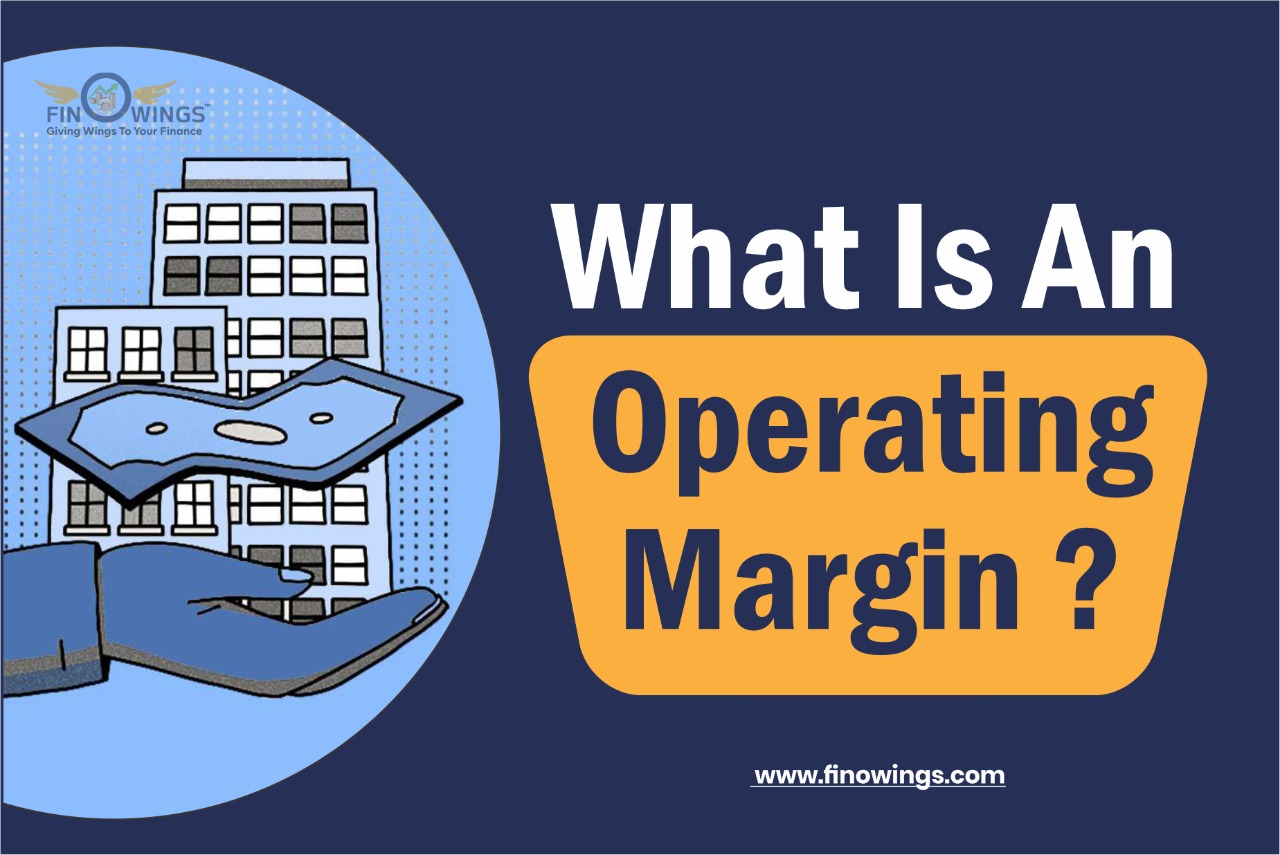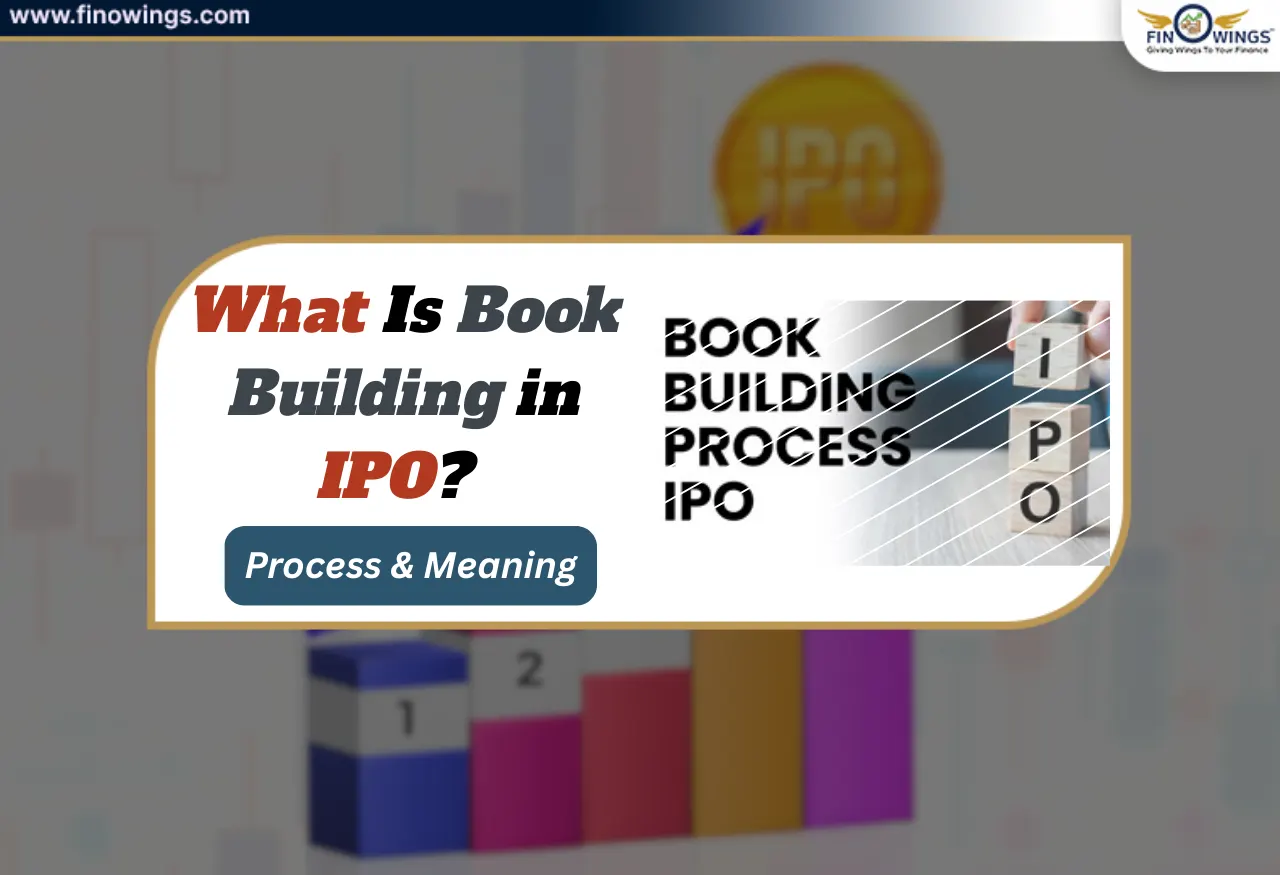Home >> Blog >> What Is the Operating Margin? Formula & How To Calculate It
What Is the Operating Margin? Formula & How To Calculate It

Table of Contents
- Introduction
- Significance of Operating margin
- Calculating Operating Margin
- What are the Limitations of Operating Margin?
- How Can Businesses Improve Operating Margins?
- What Distinctions Exist Between Operating Margin and Other Profit Margin Measures?
- Which Industries Have High and Low-Profit Margins?
- Conclusion
Introduction
The operating margin determines the profit a company makes on every rupee of sales, after variable manufacturing expenses like labor and raw materials but before interest or taxes. It is calculated by dividing an organization's operating income by net sales. Higher ratios are often preferred because they demonstrate the company's operational effectiveness and prowess at turning revenues into profits.
Operating margins that are highly variable are critical indicators of business risk. The same is true for evaluating a company's historical operating margins to see if its performance has improved. For example, improved managerial oversight, more efficient resource management, better pricing, and more effective marketing can increase operating profit.
Significance of Operating margin
Operating costs are deducted from revenue for a given period, such as a quarter or year, to determine operating income, also known as operating earnings. The revenue to operating income ratio for the same period calculates the operating margin.
The portion of a company's revenue that can be used to pay taxes, stockholders, and loan investors is known as the operating margin. It is a significant indicator in determining how much is worth of stock. A higher operating margin is preferred, other things being equal. Using a percentage is also very beneficial when comparing firms or analyzing how one organization performs under various revenue scenarios.
Calculating Operating Margin
The operational margin equation is as follows:
Operating Margin= Operating Earnings /Revenue
Where Operating Earnings= Revenue-( Cost of goods sold + Administrative costs)
Let us understand with an example
Considering Company ABC generated Rs. 2 million in revenue, Rs. 700,000 in cost of goods sold, and Rs. 500,000 in administrative costs, its operating earnings would be Rs. 20,00,000 - (Rs. 700,000 + Rs. 500,000) = Rs. 800,000. In that case, its operating margin would be :
(Rs. 800,000 / Rs. 2 Million) i.e., 40%
The company's operating margin will increase to 50% if it lowers its COGS to Rs. 500,000 by negotiating better pricing with its suppliers.
What are the Limitations of Operating Margin?
-
Only companies in the same industry with comparable business structures and annual sales can be compared using the operating margin. Operating margins differ between companies across industries and business types, making it useless to compare them.
-
Earnings before interest, taxes, depreciation, and amortization (EBITDA) is a profitability metric often used by analysts to eliminate the effects of financing, accounting, and tax requirements (EBITDA). When depreciation is included back in, for example, the operating margins of significant manufacturing firms and heavy industrial businesses are more comparable.
-
Operating cash flow is sometimes represented as EBITDA, which removes non-cash expenses like depreciation. Cash flow, however, is different from EBITDA. It does not take into account any increase in working capital or capital expenditures necessary to support production and maintain a company's asset base, unlike operating cash flow, which does.
How Can Businesses Improve Operating Margins?
When a firm's operating margin exceeds the industry average and shows that its operations are more successful than its competitors, this is referred to as having a competitive advantage. Organizations can typically acquire a competitive edge by increasing revenue or decreasing costs—even though the usual margin for different industries varies substantially.
But rising sales typically means more significant expenditures, which drives up costs. Too much cost-cutting may also have detrimental impacts, such as losing qualified personnel, using inferior materials, or other quality losses. If advertising spending is decreased, sales may suffer.
Expanding is the most fantastic course of action for many firms to lower production costs without compromising quality. Economies of scale refer to the hypothesis that bigger businesses typically have higher profits. The cost of each item has decreased in several ways thanks to a huge company's improved production level. For instance, wholesalers frequently provide discounts on bulk purchases of raw materials.
What Distinctions Exist Between Operating Margin and Other Profit Margin Measures?
-
The operating margin includes all operational expenses but excludes non-operating expenses. The net profit margin, which takes into account all costs associated with a sale, is the most precise and cautious method of evaluating profitability.
-
In contrast, the gross margin solely considers the costs of the goods sold (COGS) and ignores other elements like overhead, fixed expenses, interest costs, and taxes.
Which Industries Have High and Low-Profit Margins?
Since a services industry uses fewer resources than an assembly line to manufacture its products, it usually has strong operating margins. Like this, software or gaming firms might make an early investment when developing a specific piece of software or a game and then earn tremendously later by quickly selling millions of copies. However, the sales and profit margins of high-end accessories and luxury goods are typically modest.
Lower operational margins are often found in operations-intensive industries like transportation since these businesses may have to deal with fluctuating fuel prices, driver retention and incentive programs, and vehicle maintenance.
Agriculture-based enterprises often also have lower margins because of the unpredictability of the weather, extensive inventories, operational costs, the need for agricultural and storage space, and resource-intensive activities.
Automobile industries also have low-profit margins due to intense rivalry, volatile customer demand, and high operating costs related to establishing dealership networks and logistics, all of which restrict profitability and sales.
Conclusion
The operating margin is a crucial indicator of a company's overall profitability. It represents the ratio of a company's operating profits to its revenues.
After removing the direct costs related to generating those revenues, an organization's operating margin, represented as a percentage, shows how much profit it makes from each dollar of sales. More of every rupee of sales is retained as profit when margins are higher.

















